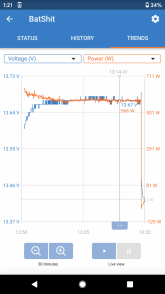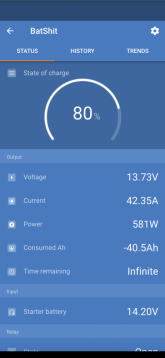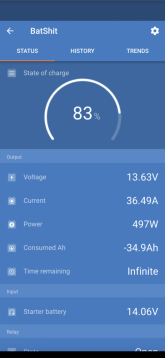Does anyone have medium or long term experience charging a LFP house bank from the alternator without a DC-DC (B2B) charger. Either using an external regulator, a purpose built alternator, or just cavalierly ignoring safe methods and hoping for the best.
Whatever the case I would like to hear about your insight, experience, and lessons learned. Especially if you have used an external regulator.
Whatever the case I would like to hear about your insight, experience, and lessons learned. Especially if you have used an external regulator.









